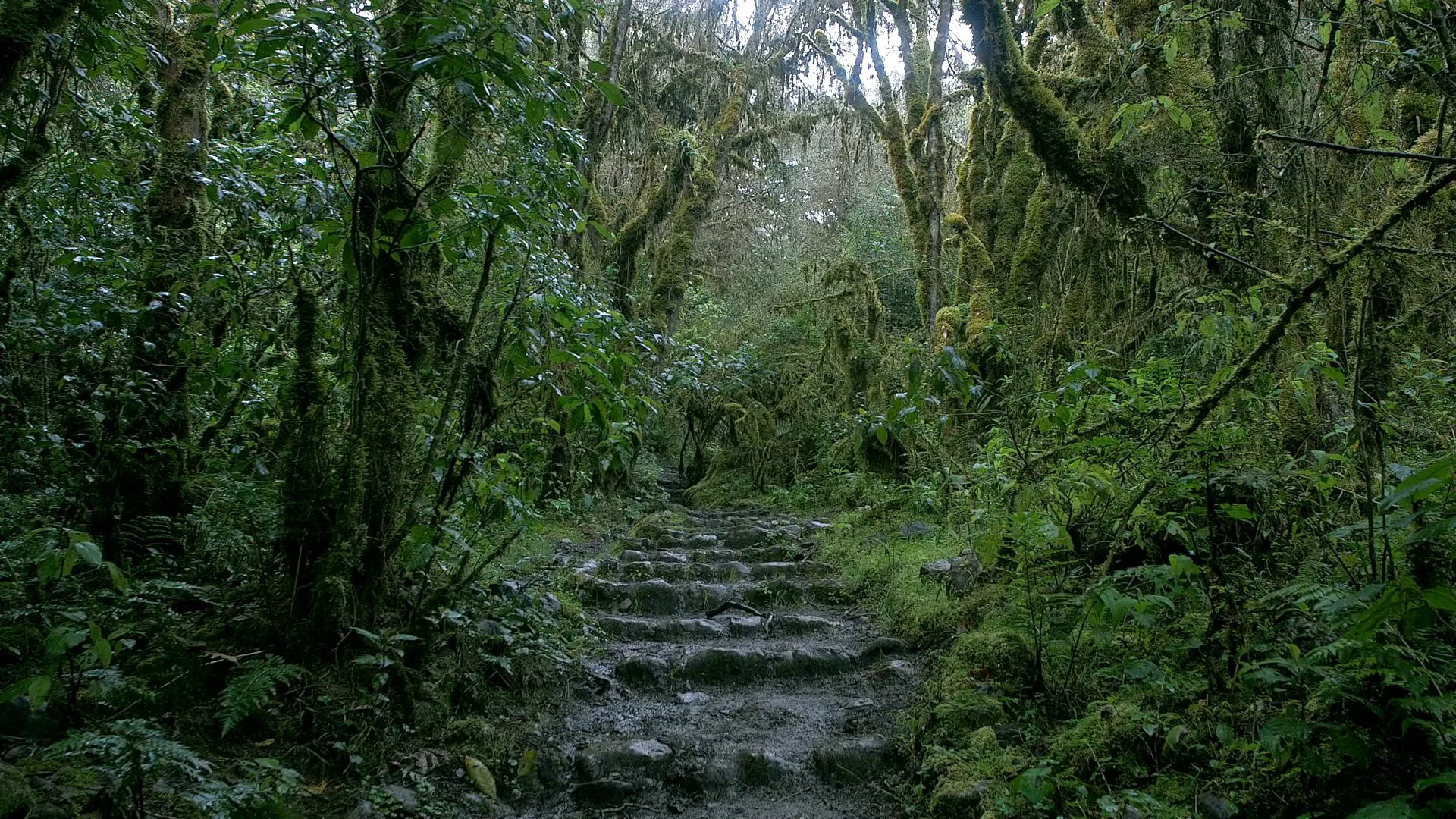As it Was

Ghosts of Glaciers Future
We'd like to draw your attention to National Geographic's article 100-year-old photos reveal Antarctica like you've never seen it – featuring pictures captured by Herbert Ponting in the early 20th century, showing the coldest continent before climate change took hold.
When National Geographic first published Ponting’s photographs, readers were afforded an intimate look at a region few had ever seen. Today, with our polar regions rapidly shrinking, these images are all the more impactful – lamenting a time when ice was plentiful at our poles. Many climate scientists believe that we are facing an ice free future. By 2050 – safely assuming no drastic reductions in greenhouse gas emissions in the immediate future – the Arctic Ocean will likely have little or no sea ice at summer’s end.
“It is a foregone conclusion, that, in future generations – whether on the ocean or on the land – the Arctic will have much less ice. Winter darkness will still bring low temperatures and with them snow and ice, but this winter cold will have significantly faded … the snow that falls and the ice that grows in winter, will not survive the stronger summer warmth. That the Arctic Ocean will become free of sea ice in late summer and early autumn is a given. The only question is how quickly it will happen. Which will depend on the relative rolls of a warming atmosphere and a warming ocean; the vagaries of natural climate variability and how quickly greenhouse gas concentrations continue to rise.”
Our sub-header comes from 'Sound of Mull' by Angela Rawlings | The Ponting photograph displayed here has been used as illustration in light of the 'Fair Use' copyright act – we do not seek to gain profit from this post. The image was published prior to 1923, suggesting the photo is in the public domain. Please get in touch if editing is required





